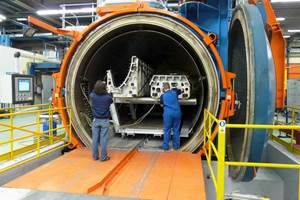Closing in on commercial-scale ocean-energy capture
Water-flow power pioneer preps to place major composites-enabled submersible tidal power generation system near energy-rich Bay of Fundy.
Share
Design results:
- The TGU integrates next-generation marine and hydrokinetic (MHK) hardware and software technologies into a single system design, a first.
- Each turbine’s helical foils are formed with biaxial glass fabric for torsional stability, and unidirectional carbon fiber tape on the 0° axis for optimal stiffness.
- Four multi-foil turbines reside on a single, hybrid carbon/glass fiber-reinforced composite direct driveshaft attached to the TGU’s permanent magnet generator.
More than a decade after testing its first steel-and-wood prototype, Ocean Renewable Power Co. is preparing to deploy its second next-generation, commercial-scale ocean tidal energy power system in Western Passage at the mouth of the Bay of Fundy on the border between eastern most Maine and New Brunswick, Canada. The energy system builds upon ORPC’s first commercial-scale deployment of its trademarked TidGen Power System in 2012 in Cobscook Bay, the first federally licensed, grid-connected marine and hydrokinetic (MHK) installation in the Americas. The new system integrates technology advancements in the power take-off system and composite turbine design.
The Bay of Fundy, says Portland, ME-based ORPC’s co-founder and CEO Chris Sauer, is one of the world’s most powerful energy resources. “Each day, 100 billion tons of water flow in and out with the force of 8,000 locomotives and tidal ranges of up to 50 ft or more.” He predicts, therefore, that ORPC’s planned 5-MW, 15-device, all-composite tidal turbine system will have the capability to generate low-cost electric power for all of Downeast Maine. Within 8-10 years, Sauer expects to have 100-120 MW of similar systems in place not only off the coast of Maine but also offshore of Alaska as well.
ORPC is preparing to test its advanced system’s effectiveness during further full-scale, open-water deployments in Cobscook Bay and Western Passage from 2018 to 2019, using the four-turbine TidGen Turbine Generator Unit (TGU) conceptually pictured in the illustration. This system was awarded a US$5.35 million grant by the US Department of Energy (DOE) as part of a US$20 million prize competition that included two ocean wave projects. The ORPC project, however, was the only tidal energy project that integrates next-generation MHK hardware and software into system designs.
The all-composite, cross-flow turbine system features a foil (blade) configuration, reminiscent of that on a paddle-wheel riverboat, supported on a composite-and-steel frame. The turbines incorporate a hybrid carbon/E-glass fiber-reinforced primary shaft, and disks, rings and helical foils constructed of an E-glass-reinforced vinyl ester laminate. The turbines spin on a single shaft at 30-60 rpm, generating low-rpm/high-torque energy that is converted to electricity by a permanent-magnet generator (Rolls-Royce Marine, Norway). “The turbines, the shaft and the generator rotor are all part of one big moving piece,” Sauer says.
Earlier installations
The next-generation TidGen TGU installation in 2018 will be ORPC’s second commercial-scale installation. It was preceded by ORPC’s beta testing, conducted in 2010-2011 with ORPC’s smaller 60-kW TidGen unit, which featured a two-turbine TGU attached to support arms that lowered the unit into the water from the Energy Tide 2 barge. Then, in the summer of 2012, ORPC installed a larger, 150-kW TidGen system in Cobscook Bay — its first commercial-scale installation — which was linked via a 1,280m subsea cable to an onshore substation that interconnects with Emera Maine, a Bangor, ME, utility. The 150-kW installation was the first US hydrokinetic power project to receive approval — from the Maine Public Utilities Commission — for a 20-year power purchase agreement. Moreover, it was the first such project in the Americas to send power to the grid.
Timing the 150-kW TGU installation with the flow of the tides took patience. “We had a 40-minute window to put the TGU onto the frame on the bottom of the bay during slack tide, though it was never totally slack,” Sauer says. “When you’ve got water speed of a half a knot or less, you can work, but with more than a half knot, it’s too dangerous.”
After running the unit for a year, however, the ORPC team “took it out and tore the whole thing apart,” Sauer says. With support from a US$10 million DOE grant, the team forensically addressed the various issues encountered, including some with bolted connections between the foils and support rings that secured them and attached them to the shaft.
“We learned what was working well and what was not — an important project in our evolution,” Sauer says. “Those bolted connections had to be a certain torque to keep them from coming loose. The big lesson learned was when you have bolted connections between two or more composite parts in seawater, the parts can shrink, loosening the connections or causing them to come apart entirely.” During the post-deployment inspections, the team found no signs of deterioration in the composite parts, including the turbines and shaft, but it did find wear on the bearings.
“As of February 2017, after 11 offshore deployments of five generations of ORPC’s tidal technology over the past decade, we found the all-composite foils have performed well with no degradation,” Sauer sums up. “The question now is, Can we expand the use of composite materials to reduce cost, weight and corrosion potential of other components?”
In 2013, a few months after completing inspections of the full-scale 150-kW TidGen unit, the team began a design review based on lessons learned, considering how to achieve the less costly, more reliable and efficient system design for its TGU version 2.0.
Late that year, ORPC augmented its tidal energy presence with its RivGen TGU, a two-turbine, 25-kW system mounted on a steel pontoon support structure. It generates electricity from river currents near remote communities that otherwise have no easy access to central power grids. The TGUs can be installed with locally available vessels, and they use a ballasting system that allows for rapid self-deployment and retrieval, in water as shallow as 5.5m.
In summer 2014, ORPC installed and operated the first RivGen demonstrator in the Kvichak River near Igiugig, Alaska, sending power to shore. This remote community pays nearly US$1 per kW/hr for electricity due to its power plant’s reliance on diesel power, so it welcomes a clean renewable electricity source that doesn’t disturb its world-famous salmon fishing. The following year, ORPC tested an improved 2015 RivGen System that, in operation, supplied one-third of the community’s electricity.
For the (2018) RivGen Version 2.0, rated as a 35-kW system, Sauer says the company is seeking a lighter, less expensive alternative to steel pontoons, possibly also made from composites.
Composites manufacturing
During manufacture of the 150 kW-TidGen turbines in 2012, the helical foils were autoclave-cured in vacuum infused glass molds, says Eric Hall, president of Hall Composites (Bristol, Rhode Island). Infused fiberglass female molds were made, using glass plugs supplied by Symmetrix (formerly mouldCam, Bristol, RI, US) and then used to manufacture the turbine helical foils.
The blades were made with biax fiberglass for torsional stability, and unidirectional carbon in the axial direction for added stiffness,” he says. “The blades were laid up in female molds fastened together with the blades co-cured, using inside and outside bagging under autoclave pressure. After the blades were co-cured and removed from the molds, a lightweight epoxy filler was poured in to fill the hollow structure to prevent water ingress.”
The TidGen turbines had intermediate support struts, elliptically shaped mandrel-molded carbon struts attached to the foils with female molded composite connections, Hall says. The team “had one minor challenge while laying up the unidirectional carbon in the helical-shaped molds, but otherwise this project was well within our normal capabilities,” he adds.
Composites optimization
“Part of the [2018] TidGen deployment effort will involve an intense optimization and characterization program for the composites,” says Cian Marnagh, ORPC’s director of engineering. “In lab testing, we will focus on understanding at the scientific level how these components will be used in the system and how they will respond to environ- mental forces and corrosive environments. rough characterization testing, we really want to know the mechanisms of failure.”
“We believe we have the commercial technology, but want to streamline it even further before finalizing the design,” Marnagh says. ORPC will run some of its tests at Composites Engineering Research Laboratory (CERL, Brunswick Landing, ME), a project partner. That will include developing a characterization program for design-for-life testing, Marnagh adds.
“In accelerated life testing of components, you can cycle temperatures, salt spray them or create other harsh environmental simulations to weather the part,” he says. “You can mimic 20-year conditions in months.” Accelerated life testing is a rigorous testing program that provides thorough experiment-based analytical models for reliable life predictions, Marnagh says.
In November 2016, ORPC took the lead in a US$3.4 million project at University College, Cork (UCC), Ireland funded by the European Union’s Horizon 2020 Program, intended to develop a direct-drive permanent magnet or “wet-gap,” generator, capable of operating in a fully flooded condition. “Proving the functionality of a wet-gap generator will be a major development for the ocean energy industry,” Sauer says.
Future deployment
The key to greater deployment of tidal turbines or any form of marine hydrokinetic energy, however, is cost reduction. “Reduction in costs and the current velocity at which MHK turbines become economical while improving reliability will spur large-scale usage,” Sauer says.
Meanwhile, encouraging MHK turbine development through government grants and enhanced pricing, through implementation of a carbon tax, for instance, would provide incentives for early installation, he adds. “This is critical to achieving the cost and water velocity reductions needed for MHK power systems to become mainstream.
Related Content
VIDEO: One-Piece, OOA Infusion for Aerospace Composites
Tier-1 aerostructures manufacturer Spirit AeroSystems developed an out-of-autoclave (OOA), one-shot resin infusion process to reduce weight, labor and fasteners for a multi-spar aircraft torque box.
Read MorePlant tour: Spirit AeroSystems, Belfast, Northern Ireland, U.K.
Purpose-built facility employs resin transfer infusion (RTI) and assembly technology to manufacture today’s composite A220 wings, and prepares for future new programs and production ramp-ups.
Read MorePlataine unveils AI-based autoclave scheduling optimization tool
The Autoclave Scheduler is designed to increase autoclave throughput, save operational costs and energy, and contribute to sustainable composite manufacturing.
Read MorePlant tour: Airbus, Illescas, Spain
Airbus’ Illescas facility, featuring highly automated composites processes for the A350 lower wing cover and one-piece Section 19 fuselage barrels, works toward production ramp-ups and next-generation aircraft.
Read MoreRead Next
All-recycled, needle-punched nonwoven CFRP slashes carbon footprint of Formula 2 seat
Dallara and Tenowo collaborate to produce a race-ready Formula 2 seat using recycled carbon fiber, reducing CO2 emissions by 97.5% compared to virgin materials.
Read MoreVIDEO: High-volume processing for fiberglass components
Cannon Ergos, a company specializing in high-ton presses and equipment for composites fabrication and plastics processing, displayed automotive and industrial components at CAMX 2024.
Read MorePlant tour: Daher Shap’in TechCenter and composites production plant, Saint-Aignan-de-Grandlieu, France
Co-located R&D and production advance OOA thermosets, thermoplastics, welding, recycling and digital technologies for faster processing and certification of lighter, more sustainable composites.
Read More
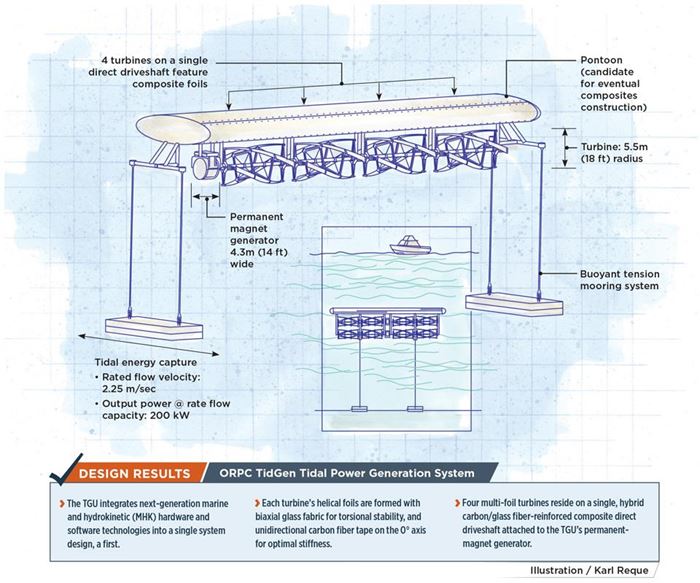
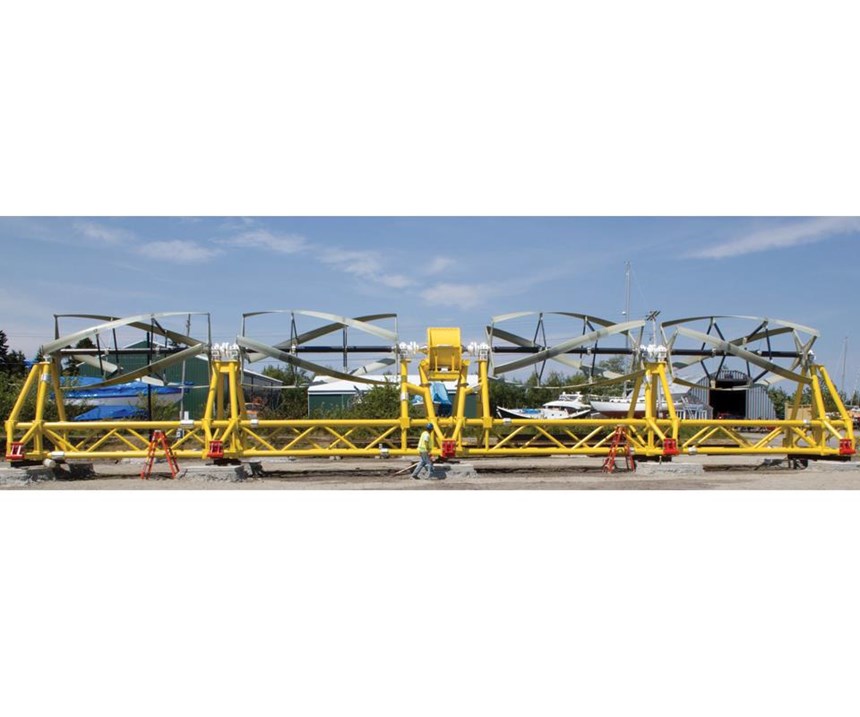
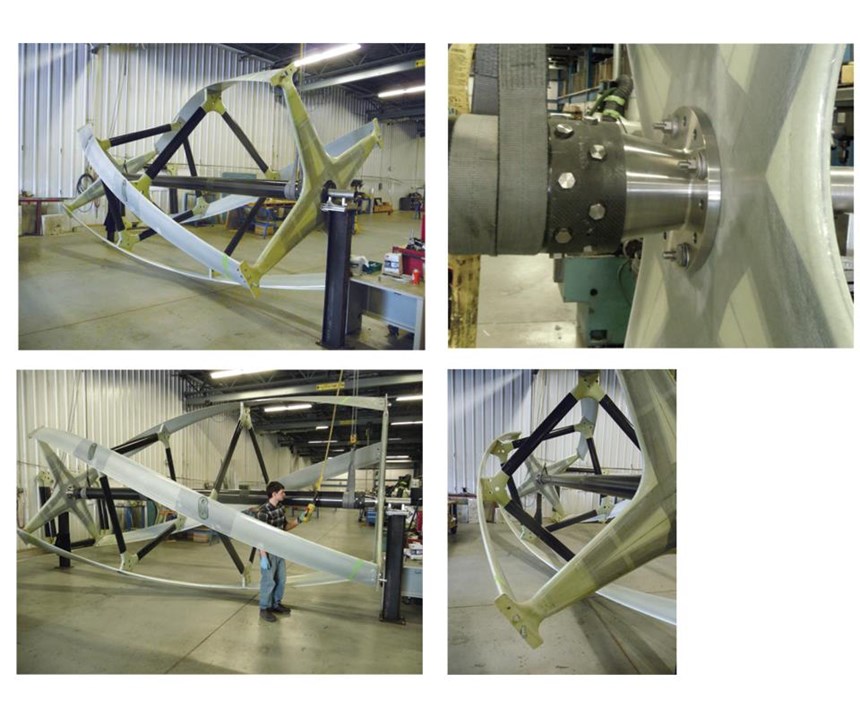
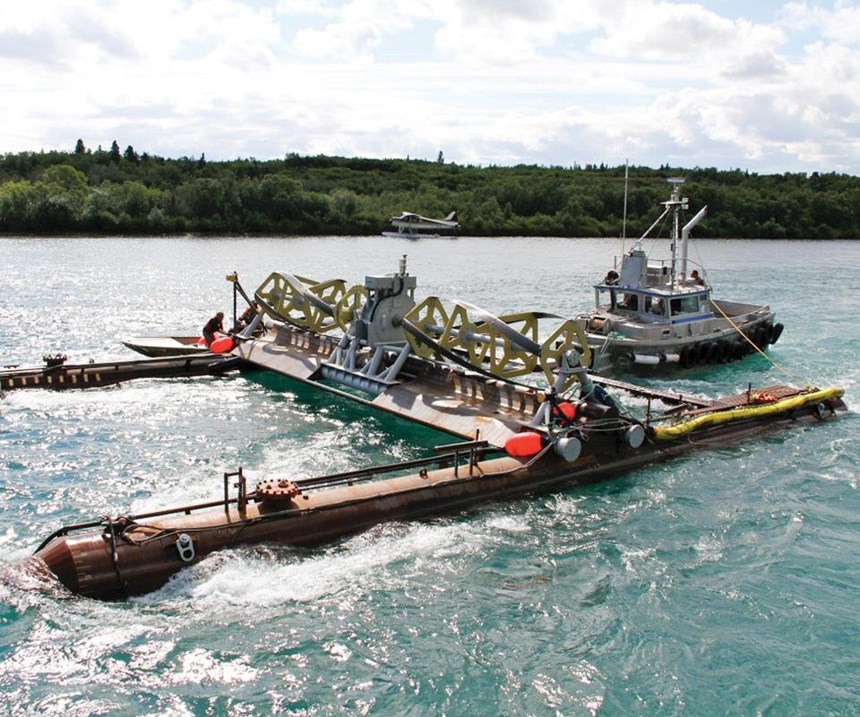











.jpg;maxWidth=300;quality=90)




